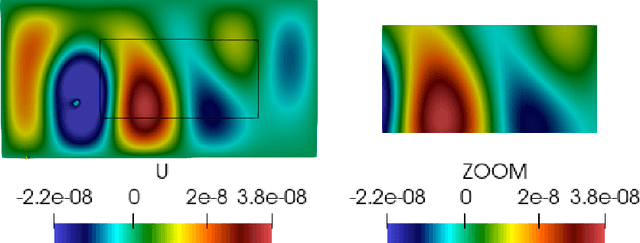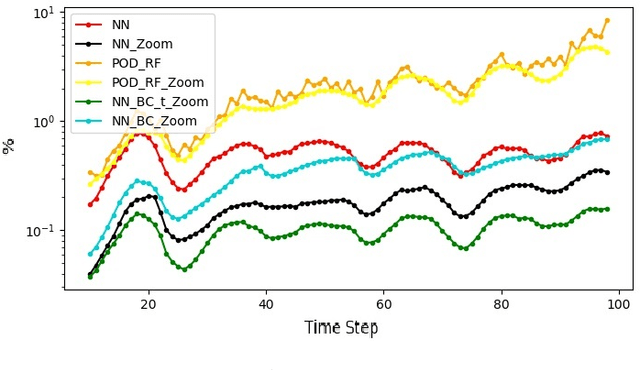Uncertainty quantification in a mechanical submodel driven by a Wasserstein-GAN
Paper and Code
Oct 26, 2021



The analysis of parametric and non-parametric uncertainties of very large dynamical systems requires the construction of a stochastic model of said system. Linear approaches relying on random matrix theory and principal componant analysis can be used when systems undergo low-frequency vibrations. In the case of fast dynamics and wave propagation, we investigate a random generator of boundary conditions for fast submodels by using machine learning. We show that the use of non-linear techniques in machine learning and data-driven methods is highly relevant. Physics-informed neural networks is a possible choice for a data-driven method to replace linear modal analysis. An architecture that support a random component is necessary for the construction of the stochastic model of the physical system for non-parametric uncertainties, since the goal is to learn the underlying probabilistic distribution of uncertainty in the data. Generative Adversarial Networks (GANs) are suited for such applications, where the Wasserstein-GAN with gradient penalty variant offers improved convergence results for our problem. The objective of our approach is to train a GAN on data from a finite element method code (Fenics) so as to extract stochastic boundary conditions for faster finite element predictions on a submodel. The submodel and the training data have both the same geometrical support. It is a zone of interest for uncertainty quantification and relevant to engineering purposes. In the exploitation phase, the framework can be viewed as a randomized and parametrized simulation generator on the submodel, which can be used as a Monte Carlo estimator.
 Add to Chrome
Add to Chrome Add to Firefox
Add to Firefox Add to Edge
Add to Edge